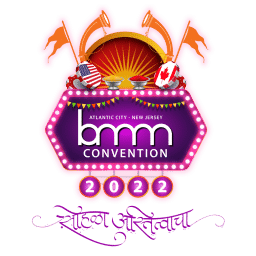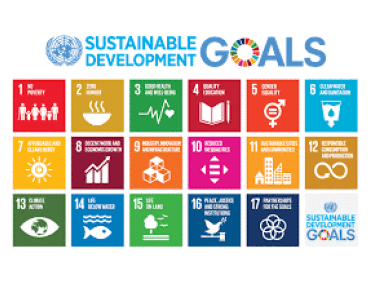What are United Nation’s Sustainable Development Goals?
On 25 September 2015, 193 United Nations (UN) member states agreed and signed the Sustainable Development goals (SDGs) to share their vision for the world by 2030. The SDGs also referred to as the Global Goals, are collection of 17 global goals designed to be the “blueprint to achieve a better and more sustainable future for all”.
It took 3 years to design the goals and targets. The Governments, businesses, NGOs, universities, communities and youth from all over the world participated in the negotiations, with more than seven million people voting in 84 national surveys.
The 17 SDGs are accompanied by 169 specific targets and 232 measurable indicators. These targets and indicators will help countries plan their policies, measure their progress, find gaps and report the results to the international community.
Why should I care about the sustainable development goals? Why do BMM need to pay attention towards a sustainable society?
Our present choices and actions have huge long-term impacts on future generations. Practicing sustainability ensures that we make ethical choices that bring a safe and livable future to everyone. It creates and maintains the conditions under which humans and nature can co-exist in productive harmony, that permit fulfilling the social, economic and other requirements of present and future generations. If we deplete the resources of the Earth, future generations will be depleted.
These goals address the global challenges that we face including poverty, hunger, disease, inequality and the urgency of climate change. The 2030 agenda sets out to “reach the furthest behind first” and concludes with a pledge that “no one will be left behind”. Guided by the goals, it is now up to all of us, to work together to build a better future for everyone. But the most important way of achieving the SDGs was touched upon in the UN press conference: “We will need all partners to make this a success.” Multi-stakeholder partnerships, involving government, the private sector and civil society, have been described as the “glue” that will hold this process together.
With the SDGs, everything is connected but how are they connected?
Inter connection between 17 UN Goals
1.For example, poverty (Goal 1) can lead to hunger and malnutrition (Goal 2), which may lead to health problems (Goal 3) that may prevent children from completing their education (Goal 4) or adults from getting a job (Goal 8).
2.Girls not getting opportunities to educate themselves contributes to reversals in gender equality, which in turn affects the quest for long-term economic prosperity, which makes it harder for girls to get educated.
3.In terms of the environmental dimension of development the SDG’s cover natural resource management, climate change, water-related issues, marine issues, biodiversity, ecosystems, circular economy, environmentally sound management of chemicals and waste, and many other topics.
As you can see, the links between the goals mean that we cannot see them in separation to one another but as a puzzle, which cannot be completed without all the pieces. The creativity, technology and financial resources from all of society is necessary to achieve the SDGs in every context.


